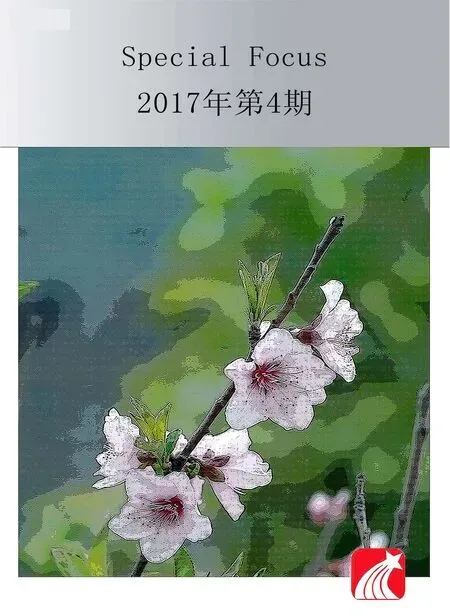Foreword
2017-04-12
Foreword
It is an exotic road stretching its way out over a span of over ten thousand kilometers, and intertwining three countries, eight provinces and many other regions.
It is an “conduit of wealth” that has pulsated with the life and livelihood of commercial traders moving their goods back and forth along the path for generations.
Starting from the city of Hankou, it piggybacks on the waters of the Han River, shoots north, meets up with Henan, enters Shanxi, crosses a vast desert to Kyakhata on the border of China and Russia, then makes its way to Moscow and Saint Petersburg, threading together Europe and Asia.
It is known as “The Tea Road,” parallel to its brother, the celebrated Silk Road.
The Tea Road is reputed to be one of China, Mongolia and Russia’s precious historical and cultural resources, and also a treasured world heritage site.
A century and a half ago, this tea-based trade route, which starts in Hankou and links Russia and Mainland China, stimulated the growth of a whole host of Chinese cities. Although the Tea Road trade route ended in the 1930s, the positive glow of friendship and harmony between China and Russia brought about by this trade route still shines on to the present day.
